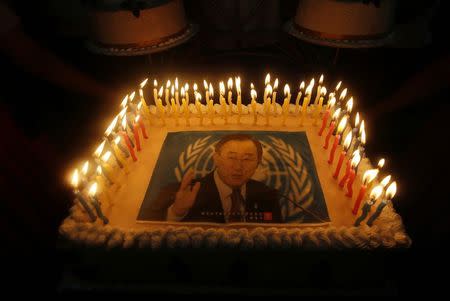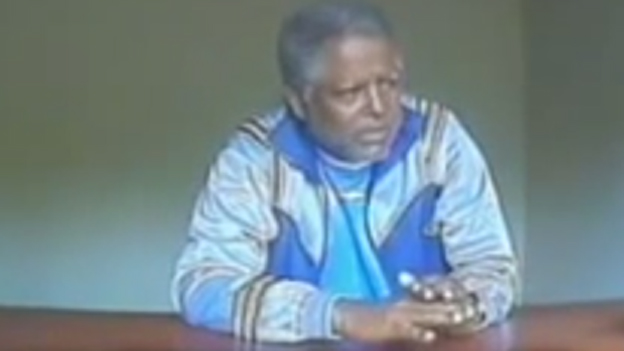By Kathryn Maureen Ryan
Impunity Watch Reporter, Managing Editor
WASHINGTON D.C., United States of America – Since last October, more than 52,000 Children, mostly from Central America, have been taken into U.S. custody in what has become the largest movement and detention of migrants into the United States since the Cuban Boat Lift. A Study published by the United Nations High Commissioner for Refugees found that 58 percent of the unaccompanied children entering into the United States are motivated by safety concerns, fearing violence their home countries.

Several Central America countries have been racked by cartel and gang violence, fueled by drug and human trafficking. According to the United States Customs and Border Protection, “Salvadoran and Honduran children … come from extremely violent regions where they probably perceive the risk of traveling alone to the U.S. preferable to remaining at home.” Violence is also hitting Guatemala where many children are fleeing poor areas for both safety and economic opportunity. Thousands of the children entering the United States are unaccompanied, often sent to the United States by their parents who have paid human traffickers under false promises that there children would be reunited with family members already in the united States as soon as they arrive on U.S. soil.
The U.S. Conference of Catholic Bishops and other groups advocating for the rights of migrants are calling for the children to be treated as refugees who are fleeing armed conflict in the form of gang violence in their home countries.
United Nations officials are pushing for many of the Central Americans fleeing to the U.S. to be given refugees status; arguing that they have been displaced by armed conflict in their home countries. Designating these children as refugees would put greater pressure on both the United States and Mexico to accept tens of thousands of people fleeing Central America. Officials with the U.N. High Commissioner for Refugees say they hope to see movement toward a regional agreement on that refugee’s status for the migrants.
“They are leaving for some reason. Let’s not send them back in a mechanical way, but rather evaluate the reasons they left their country,” Fern1ando Protti, regional representative for the United Nations High Commission on Refugees said.
Today most people who have been granted refugee status are fleeing more traditional forms of political or ethnic persecution and conflict. If granted refugee status the Central America migrants would be among the first in the world to be considered refugees because they are fleeing gang violence and extortion.
When asked if the Obama Administration viewed the border crisis as a refugee crises White House spokesman Josh Earnest said it was “a humanitarian situation that requires urgent attention.” the said the Obama Administration wanted to ensure all child migrants were housed in “humane conditions” while authorities work to determine whether they should be allowed to remain in the United States. If not, he said, the Homeland Security secretary should be allowed “to exercise his discretion about repatriating” the migrants.
On Tuesday, the Obama administration announced it is seeking $3.7 billion from Congress to address the crisis and handle the influx of undocumented children crossing into the United States from Mexico. The funding would go to the Departments of Homeland Security, Justice and State and Health and Human Services. It would help fund detainment and proper care of undocumented child migrants, speed up their court cases, step up the prosecution of criminal networks involved in the crisis, and improve foreign cooperation to address the root causes of the migration.
For more information please see:
The Guardian – ‘Flee Or Die’: Violence Drives Central America’s Child Migrants to US Border – 9 July 2014
National Public Radio – What’s Causing the Latest Immigration Crisis? A Brief Explainer – 9 July 2014
CBS News – U.N. Pushes for Migrants Fleeing to U.S. to be Called Refugees – 8 July 2014
Al Jazeera – US Border Sees Influx of Child Migrants –17 June 2014
 Foreign affairs expert Robert Kaplan writes that the total number of Iraqi leader Saddam Hussein’s victims, depending upon how you count, may reach upwards of a million. (Nikola Solic/Associated Press)
Foreign affairs expert Robert Kaplan writes that the total number of Iraqi leader Saddam Hussein’s victims, depending upon how you count, may reach upwards of a million. (Nikola Solic/Associated Press)
 ‘We were just given a tip-of-the-iceberg look of the horror,’ said former war crimes prosecutor David Crane, one of the authors of a report into the atrocities committed by the Bashar al-Assad regime in Syria. (Vahid Salemi/Associated Press)
‘We were just given a tip-of-the-iceberg look of the horror,’ said former war crimes prosecutor David Crane, one of the authors of a report into the atrocities committed by the Bashar al-Assad regime in Syria. (Vahid Salemi/Associated Press)


